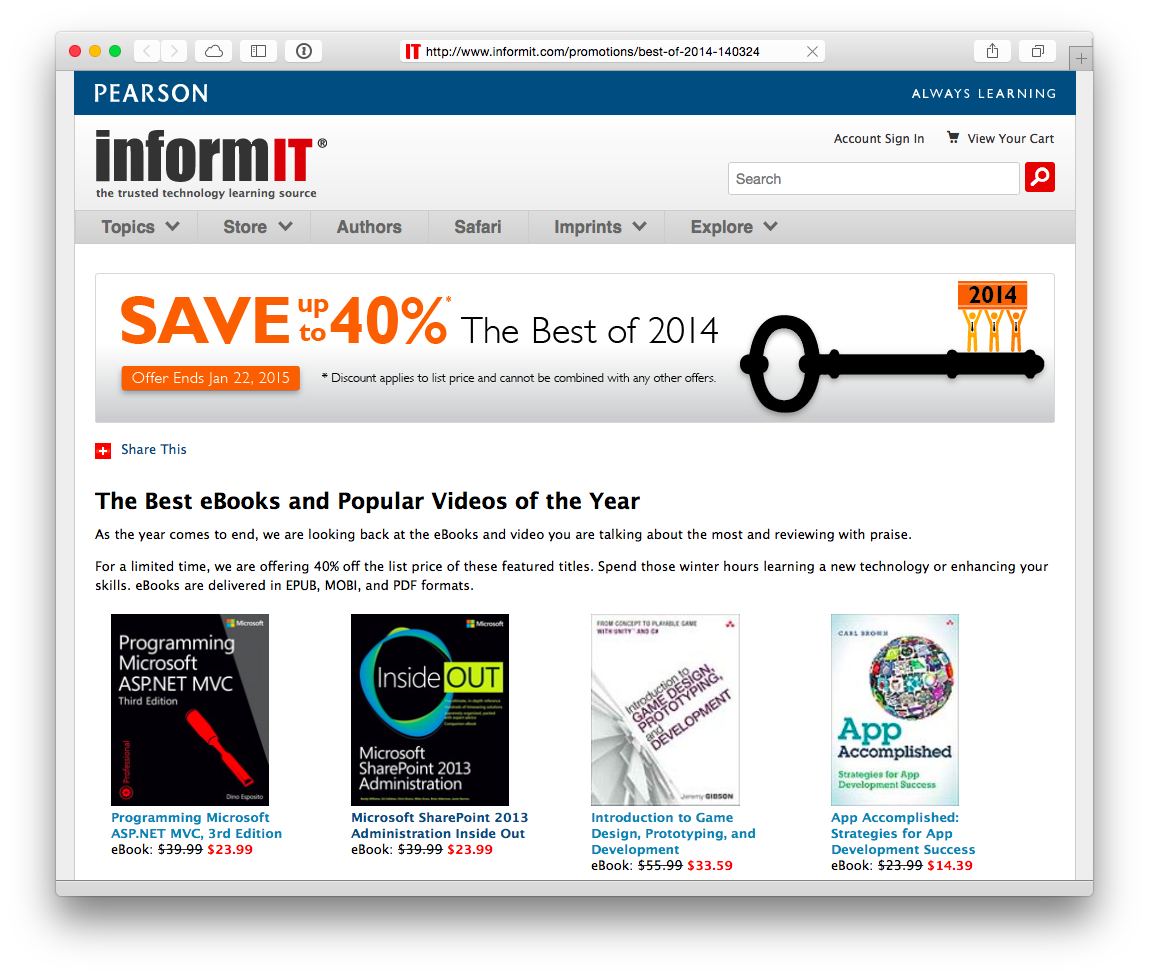The first thing that many potential app creators want to do is to get a
prospective developer to sign a nondisclosure agreement (NDA). I am not
going to tell you not to do this (especially since that would
potentially be legal advice). What I am going to tell you is that if you
insist on this, a number of good developers will refuse to talk to you
at all. Why?
First of all, most of the potential app creators developers speak with
don’t end up shipping any products at all. Second, developers speak with
many potential app creators for each project they actually do. If we
were to sign NDAs with every app creator with whom we spoke, we would be
opening ourselves up to nearly constant legal litigation. I have found
that there are actually very few original app ideas. Most of them are
variations on one theme or another. If a developer signs an NDA with you
and then later another potential app creator comes to him or her with a
similar idea, that developer is now in a quandary. Choosing to work with
the second app creator might open the developer up to being sued, even
though he or she had nothing to do with the second app creator’s idea.
It’s certainly possible that your idea is truly unique, or that you
represent an established brand (in which case you probably have your own
legal department already). I’m simply asking you to consider whether you
think that protecting your idea or getting the best developer is more
important before you require a signed NDA at a first meeting.
